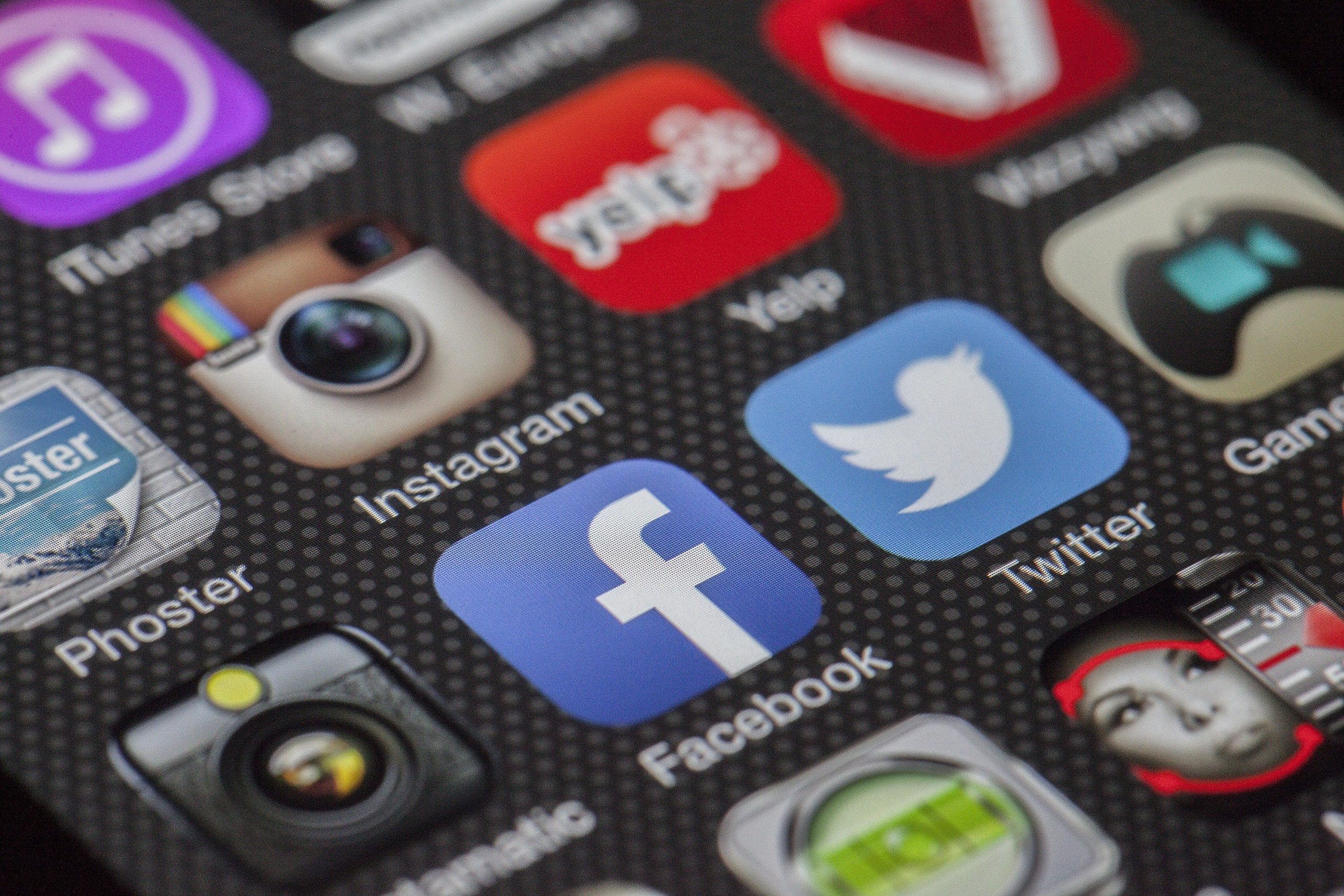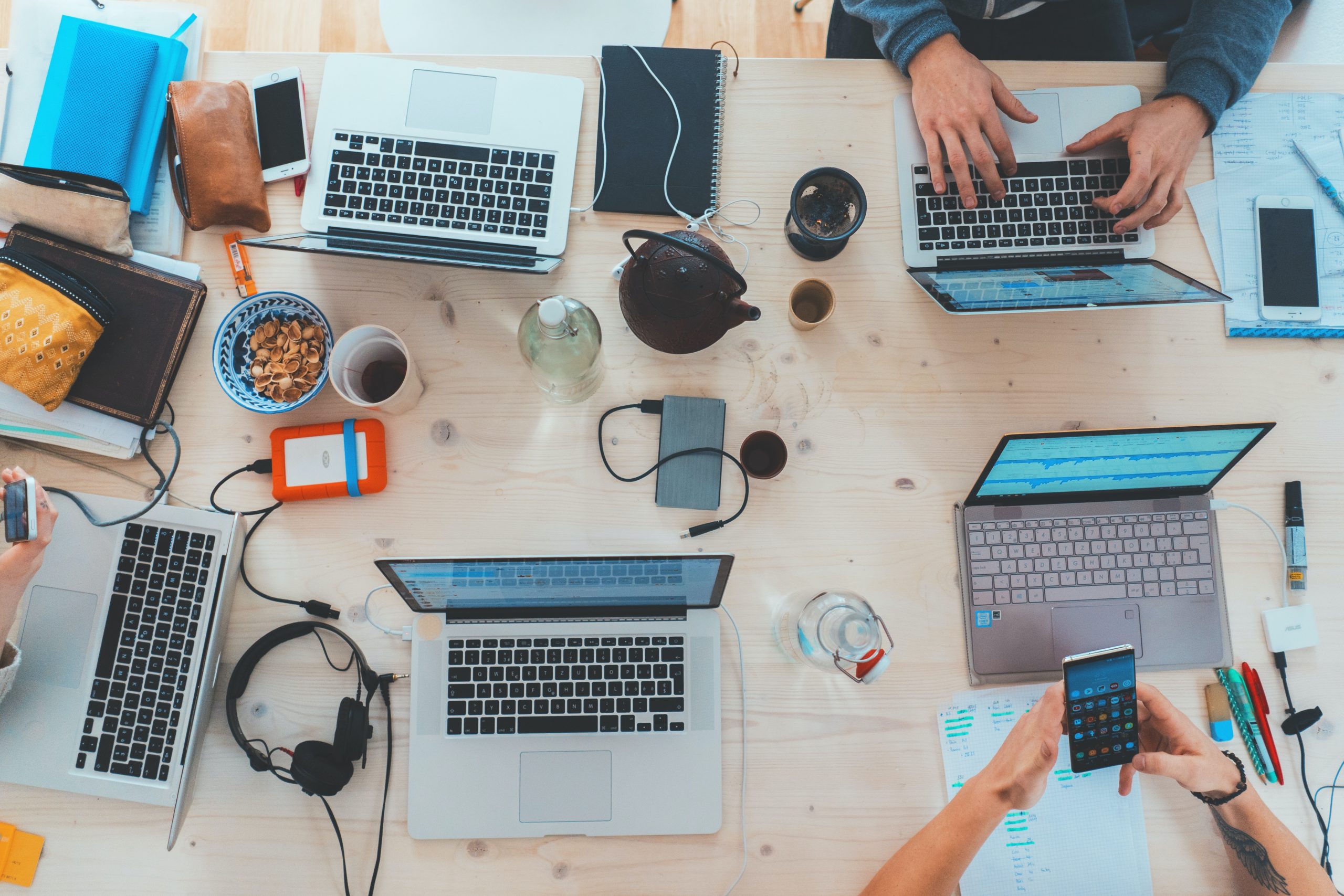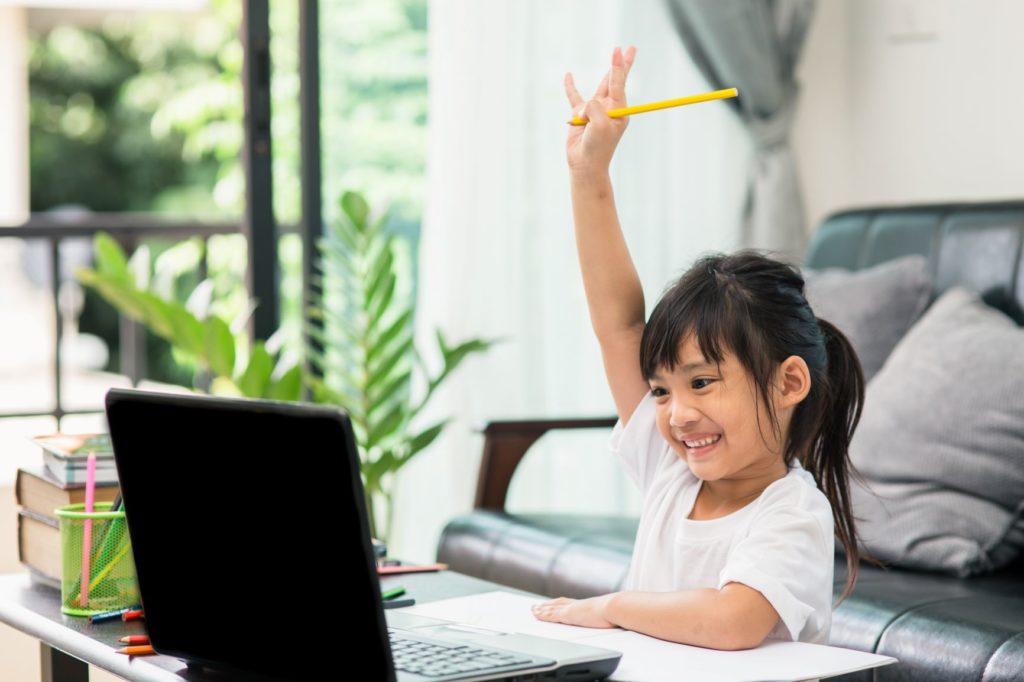A personal learning network, or PLN, is a group of mentors, peers, and professionals that we connect with to enhance our learning and professional development (Trach, 2017). PLN is an online community where I can collaborate, communicate, create, and share information with a group of like-minded people all over the world (Seitzinger, 2014). Most PLNs are developed through social media, such as Twitter, LinkedIn, Facebook, and blogs. PLNs can help build relationships through technology. Social media, for instance, has removed the physical barriers that once existed in personalized learning and professional development. I like that participation in a PLN is voluntary, and I can interact as much or as little as I would like.
I have been a part of the National Council for the Social Studies and the Texas Council for the Social Studies for the past 6 years. I originally joined after being invited to a regional conference and there were signing up members. Through them, I was able to open a chapter of the National Honor Society for Social Studies or Rho Kappa at our campus. I have also attended several of the conferences here in Texas and met some of the most amazing and inspiring people in politics, government, and journalism.
I am also a member of the Teaching with Schoology and Simply K12 Facebook groups. Most of the teachers on Teaching with Schoology are novices and are struggling to implement technology with their instructional practices. This will be my fifth year using Schoology and I consider myself an expert on the LMS. I have even done past professional developments on Schoology in my district. My purpose is to help calm the teachers and parents on there and help them by giving them my tips and tricks to increasing engagement and student mastery on Schoology. Schoology may go down a lot, but there is a lot of neat things educators can do on there to help them transform their classroom into a modern classroom.
As for Simply K12, they have a lot of digital resources for teachers to use for online learning. In fact, they have so many resources that it is overwhelming. The Facebook group is a wonderful place for other teachers to share resources and their thoughts and concerns with online learning. It is also nice to know that I am not the only one struggling when it comes to creating assignments that are simple but rigorous and engaging all at the same time.
My Professional Learning Networks:
- National Council for the Social Studies
- Texas Council for the Social Studies
- Teaching with Schoology
- Simply K12
what makes a personal learning networks?
So, what are the key components to a PLN? According to Schoology (Trach, 2017), a learning management system, a PLN must consist of the following:
- Open collaboration
- Share ideas, resources, and learning materials
- Gain perspective on your practice
- Personal social media accounts (Facebook or Twitter)
- Enhanced by following useful blogs and video content on sites like YouTube
- A way to share your knowledge with others
- Created by an individual teacher or administrator to meet personal goals
the benefits of personal learning networks
Personalized Learning: What I like about PLNs is that they allow me personalized my learning. I can create my own goals and choose what topic I can focus on, such as technology skills or differentiation. With a growth mindset and the COVA approach, I can embrace a new topic or more complex areas of interest as I continue to reach each of my personal goals. At the end of the day, I get to decide which learning works best for me.
Connections: A PLN can build connections by adding new people to gain further knowledge and resources (Gutierrez, 2016). PLN connections are random and are less focused because they involve a much broader range of people, from novices to the experts. It helps me stay connected with relevant people in the field and stay up to date with the most current information about technology and best instructional practices (Gutierrez, 2016). So, unlike traditional professional developments, PLN are not a passive experience. I can share with others what has worked well for me, including ideas, resources, and learning materials. In return, I can ask questions and receive valuable resources and information from mentors, peers, and professionals. The purpose of my blog (get techie with ann) was not only created to collect my knowledge and understandings of different concepts of education technology, but to also use it to share, communicate, and collaborate my ideas and content with other educators looking to enhance their learning.
Accessibility: Because PLNs are online communities, I have 24/7 access to other teachers, professionals, research, lesson ideas, and more. I can search for answers and address other people’s concerns at my own convince. Again, this is a major difference from the typical professional development where I passively receive information by attending a meeting or workshop. Typically, if I wanted expert advice on a topic, I was limited to getting info from infrequently published texts and scholarly articles (Gutierrez, 2016). Social media sites, such as Twitter and Facebook, encourage members to expand their thinking by engaging in active discussion. My goal for my blog is to provide a continuous stream of learning, resources, and ideas about topics that matter most to my audience.
References
Gutierrez, K. (2016, June 21). What are personal learning networks? [Blog post]. https://www.shiftelearning.com/blog/personal-learning-networks
Seitzinger, J. (2014, August 5). Learning design and personal learning networks. [PowerPoint slides]. http://www.slideshare.net/catspyjamas/rmit-what-onearthaug2014
Trach, E. (2017, December 8). Personal learning network (PLN) benefits, tools, and tactics. Schoology Exchange. https://www.schoology.com/blog/personal-learning-network-pln-benefits-tools-and-tactics#:~:text=A%20personal%20learning%20network%20(PLN,of%20your%20own%20professional%20development.
share this:




Be the first to reply